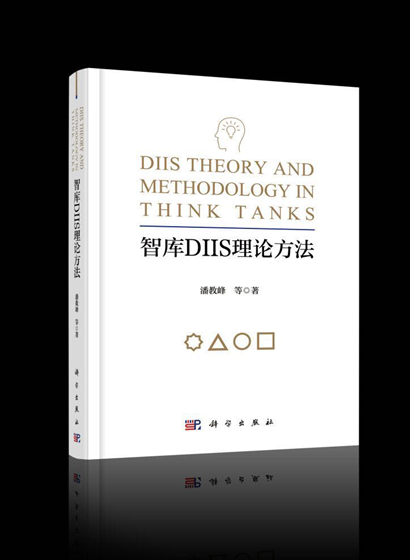
The Institutes of Science and Development, Chinese Academy of Sciences (CASISD), one of China's top science think tanks, has published a new theory and methodology on Thursday to help think tanks conduct scientific, fact-based research and create innovative and constructive solutions.
The new theory, called Data Information Intelligence Solution (DIIS), is a research model that examines the interrelation of research orientation, process and methodology -- the pillars of think tank research.
The model also acts as a tool box that allows researchers to easily select the appropriate methods and direction for their work, ensuring the subsequent research is done factually and effectively, with a strong focus on solving problems.
Think tanks are playing an increasingly important role in aiding government decision-making, and their performance is a key indicator of a country's governing capability, said Pan Jiaofeng, the president of the institutes and model's creator.
Chinese think tanks first emerged in the 1980s, a latecomer compared to developed Western countries. Since 2013, China has significantly ramped up its support for building high-level think tanks, hoping to fulfill the nation's growing need of insightful and high-quality research to aid decision-making and evaluation, he said.
However, systematic issues such as their purpose, research focus and methodology, as well as how to evaluate them are key challenges in think tank research and development, he added.
To tackle these issues, Pan and his team spent the last two years exploring and combining basic theories and principles of think tank construction to find a logical system that can quantifiably clarify the role of think tanks and improve their research output.
"Research quality is the foundation of think tank construction," he said. "But the lack of research theories and methods is the most serious problem undermining research quality for think tanks both domestically and abroad."
The DIIS model approaches this issue by breaking think tank research into three dimensions: research orientation, process and methodology, each containing smaller, interrelated components.
When applied to an xyz-axis, the interrelation of these three dimensions can form a cube-like structure where researchers and administrators can intuitively identify their correlations and find the right tool or basis for the project.
For instance, if researchers want to probe the meaning of a certain data set (process-axis) for a general analysis (methodology-axis), they can follow the axis on the cube and find analytic hierarchy process, patent mapping, and utility functions are suitable for the task.
If administrators want to find the principles for creating a solution (process-axis) in an evidence-oriented project (orientation-axis), then they can find feasibility, reliability and rigorousness are the top priorities.
A detailed guide and application of the DIIS model can be found in the book titled DIIS Theory and Methodology in Think Tanks by Pan Jiaofeng and his research team, and published by Science Press on June 27, 2019.